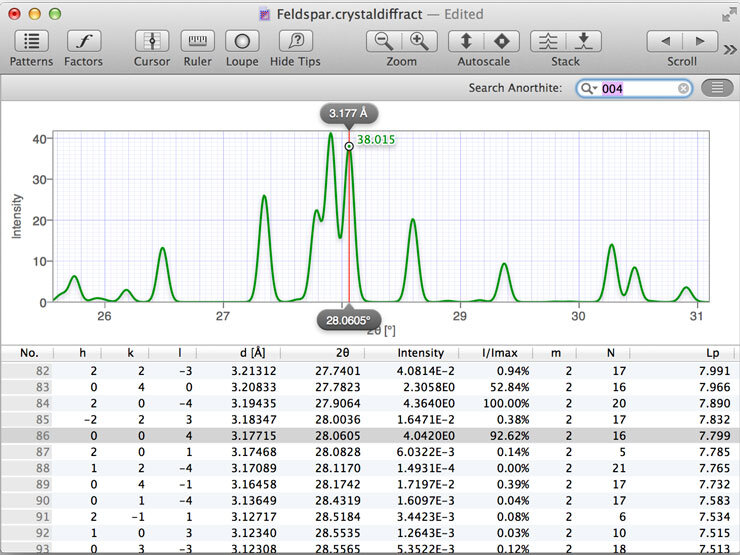

A smart privacy glass is successfully fabricated based on NWs network and liquid crytal, which could rapidly control the visibility from transparent to opaque (0.26 s) and at the same time, strongly block the mid-infrared light for energy saving by screening radiative heat. Meanwhile, their optical and electrical performances remain similar to those of the original Cu NWs (e.g., high optical transmittance (~93%) and high conductivity (60.9 Ω/sq)). Here we demonstrate a facile method for epitaxial growth of hexagonal boron nitride (h-BN) of a few atomic layers on interlaced Cu NWs by low pressure chemical vapor deposition, which exhibit excellent thermal and chemical stability under high temperature (900 ☌ in vacuum), high humidity (95% RH), and strong base/oxidizer solution (NaOH/H2O2). However, the fast degradation of copper in ambient conditions, largely overshadows its practical applications.

Localized defects were found to correlate with every island nucleation event.Ĭopper nanowires (Cu NWs) network are considered a promising alternative to indium tin oxide as transparent conductors for advanced optoelectronic devices. These domains are midway, rotated 5.2∘ with respect to either type of domain, and have the lowest interfacial energy. A third pair of antiphase domains nucleates aligned with 〈10〉 in-plane directions. While alignment is excellent in one direction, the other trigonal directions are 10.4∘ rotationally mismatched. Two sets are epitaxially aligned with four Cu 〈11〉 in-plane directions, the lowest lattice mismatch available. With H2 annealing, diffraction (LEED) and dark field imaging (LEEM) confirmed the formation of three sets of h-BN antiphase domains. We have used in situ low-energy electron microscopy (LEEM) to image nucleation and growth of h-BN islands on a Cu (110) single crystal at lower temperatures (650−750)∘C. At high temperatures (> 1000∘C), preparation of vicinal Cu (110) with H2 annealing is reported to provide preferential nucleation of single antiphase domains of h-BN with facets parallel to Cu steps. The growth of wafer-scale, single-crystalline hexagonal boron nitride (h-BN) monolayers on catalytic metallic substrates, requires a sparse nucleation density.


 0 kommentar(er)
0 kommentar(er)
